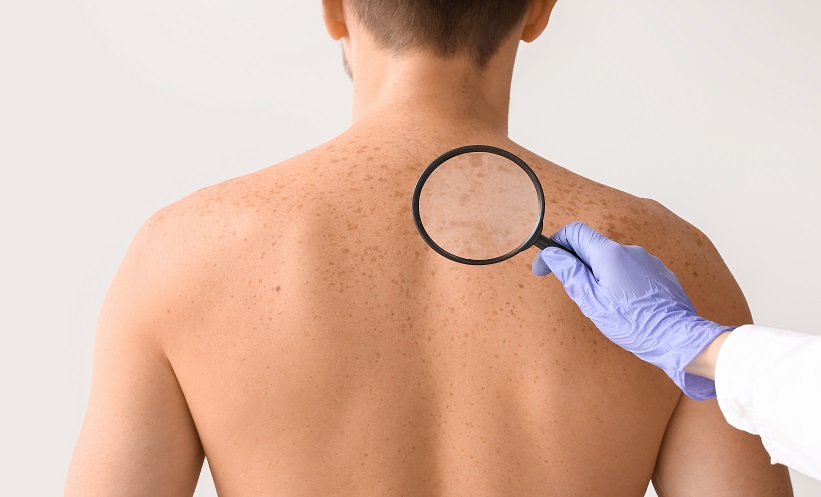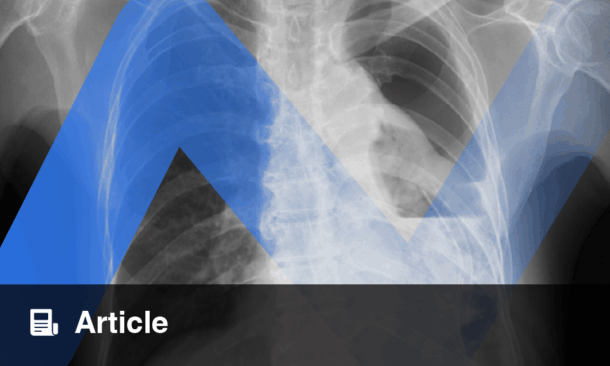A new analysis from Kaiser Permanente Northern California has confirmed that solid organ transplant (SOT) recipients face a dramatically higher risk of skin cancer compared with nontransplant patients. The retrospective cohort study, which included 2083 transplant recipients and 26,199 matched controls, found a 7.8-fold increase in posttransplant skin cancer risk among SOT recipients. The elevated risk stems largely from long-term immunosuppressive therapy, which weakens the body’s ability to repair DNA damage from ultraviolet exposure.
Given the rising number of transplant survivors worldwide, clinicians have been seeking more efficient ways to identify those at greatest risk. The Skin and Ultraviolet Neoplasia Transplant Risk Assessment Calculator (SUNTRAC) was developed to help stratify patients based on established risk factors such as transplant type, age, skin type, and UV exposure history.
SUNTRAC Program Improves Early Detection
Researchers assessed the impact of a modified version of this tool, the KP‑SUNTRAC risk-based surveillance program, which was implemented across northern California health facilities between 2022 and 2024. Patients were categorised into low, medium, high, or very high risk for posttransplant skin cancer and monitored accordingly.
Following program implementation, screening rates improved significantly among those in the high‑risk (hazard ratio 1.98) and very high‑risk (hazard ratio 2.17) groups. The rate of first-detected skin cancer increased in these populations (hazard ratio 2.57), suggesting more effective early identification rather than a true increase in disease incidence. Importantly, health care utilisation remained stable, with no rise in dermatology visits or biopsy-related workload.
Implications for Targeted Screening
The findings demonstrate that risk‑stratified surveillance can optimise limited dermatology resources while improving cancer detection in those most at risk. Investigators concluded that KP‑SUNTRAC strengthens early diagnostic efforts without adding short‑term burden to the health system.
By enabling clinicians to focus screening intensity where it is most needed, programs like KP‑SUNTRAC could reduce long‑term morbidity and health care costs associated with late‑stage skin cancer in transplant recipients. This approach offers a practical model for personalised, cost‑effective prevention in immunosuppressed populations.
Reference
Lee DS et al. Skin cancer surveillance program for solid organ transplant recipients. JAMA Dermatol. 2025; doi: 10.1001/jamadermatol.2025.3890.








